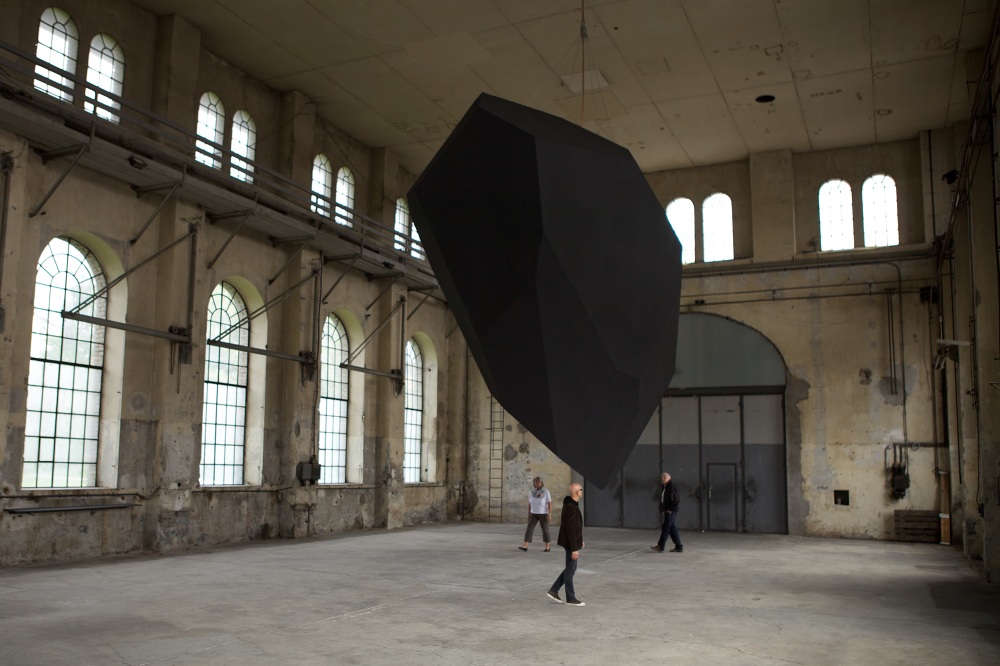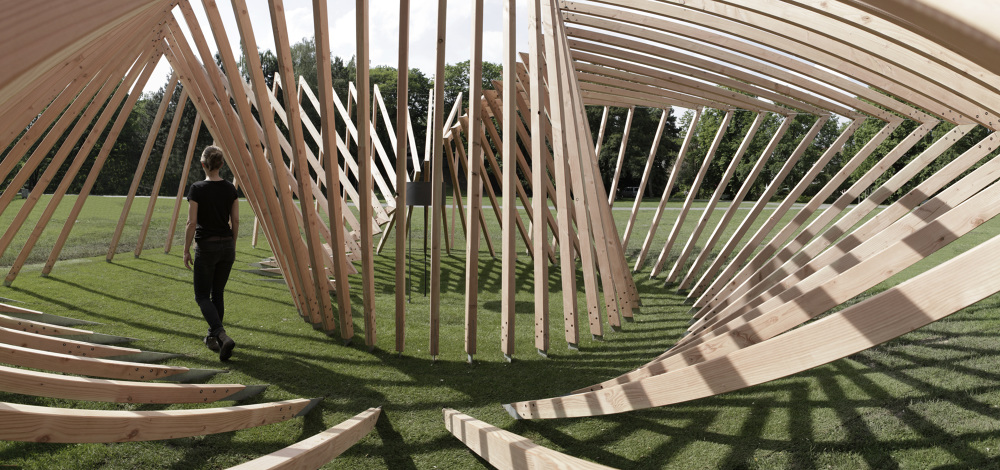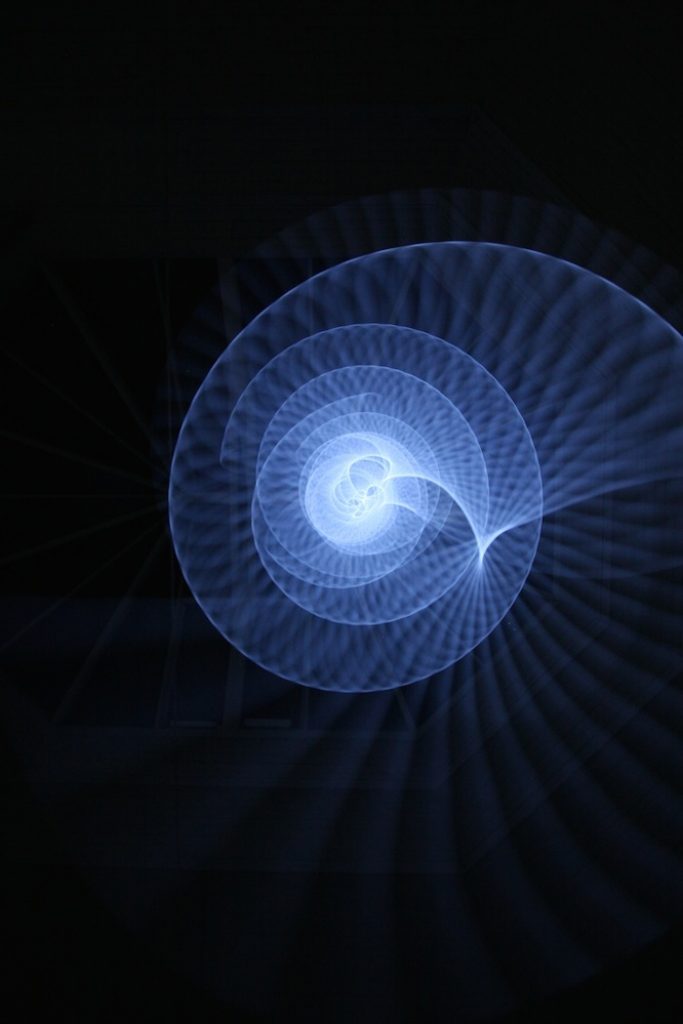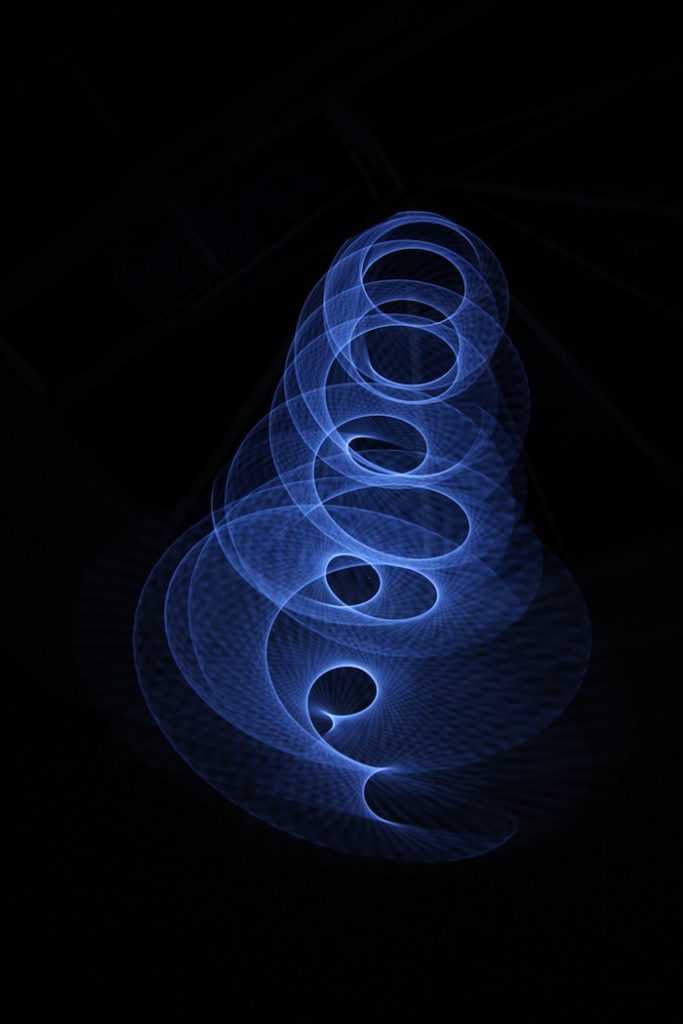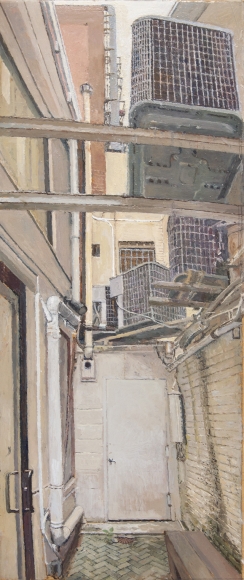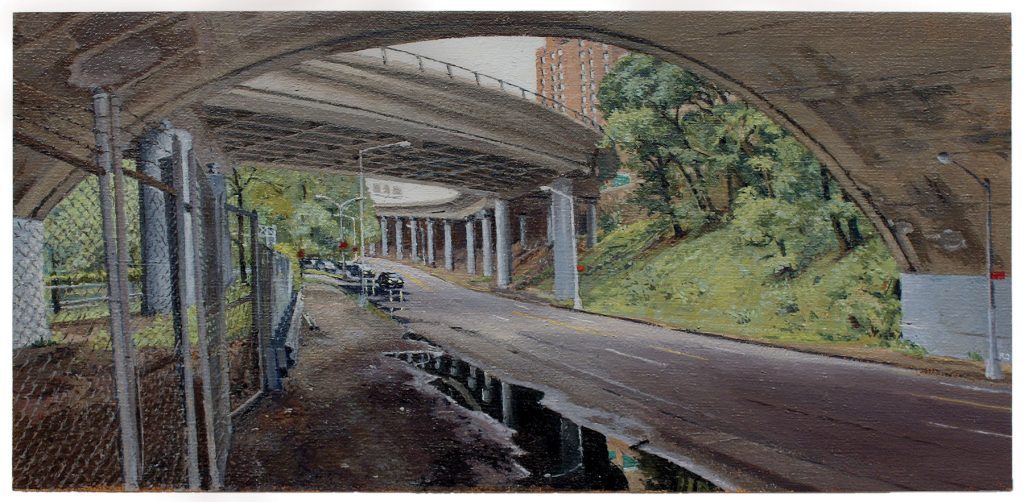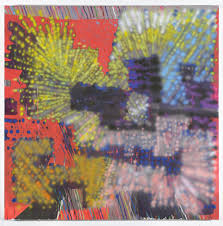The Strange Case of Patricia Piccinini:
An Eccentric Genius
Patricia Piccinini is a Sierra Leone-born Australian sculptress who is well known for her hyper-realistic human-creature hybrids. They may come off as unsettling at first glance, but if you stop to look closely, the pieces almost tell a tender story. Piccinini made use of contrast by making something so terrifyingly ghastly into something so sweet and gentle. She’s done works outside of sculptures such as paintings, photography, drawings, videography, and other forms of media. Through all of the mediums that she has used, surrealism was an art style she has hardly ever strayed from.
In 1988, Piccinini attended the Australian National University where she earned her Bachelor of Arts in Economic History. She later attended the Victorian College of Arts in order to obtain her Bachelor of Arts for Painting in 1991. She eventually spent her early career studying human anatomy and found different ways to contort it into abnormal shapes and forms. Before she begins any project, she draws out her ideas and has a team help develop a three-dimensional test model. For her final product, the main materials that Piccinini would typically use are silicone, fiberglass, and human hair.

In the image above, it shows an image of “The Carrier”, a naked bear-like human creature carrying a fully-dressed old woman in its hands. It’s interesting how something so large and powerful would seem to be subservient to someone so seemingly frail and harmless in comparison. There is a sense of an unequal balance where the old lady holds dominance and superiority over the bear man. It could be possible that this may be a mutual relationship between him and her where a task is being fulfilled.

Piccinini, Patricia. The Surrogate (For the Northern Hairy Nosed Wombat). 2005, silicone, fiberglass, leather, plywood, human hair. The Art Gallery of South Australia. 
This next piece, “The Surrogate” portrays a creature incubating a wisdom of baby wombats within the wombs down its backside. Each wombat slowly becomes pushed out of the pouch through the creature’s pores as it sits contently. The Surrogate made itself a safe space for the little joeys and would keep them protected from harm.

“The Bond” shows a woman cradling an overly fleshy, piglike child fondly as if it were her own. It almost seems as if she is comforting him from as he sits comfortably in her embrace. Upon closer inspection, the creature looks reminiscent of the piece “Teenage Metamorphasis”. From there the creature is independent of the “mother” in this image and lies upon a blanket with a stereo and the book Metamorphasis by Franz Kafka.

“The Couple” portrays two humanoid creatures lying with one another alone in a trailer. This piece has left me staring at it longer than any of the others. These creatures look the most human compared to any other piece that I’ve seen yet it intrigues me the most. Their body language alone tells an entire story about their relationship. The male may feel a sense of vulnerability and comfort within his lover’s arms while the female would help bear the weight of demons and insecurities.

Piccinini, Patricia.The Welcome Guest. 2011, Silicone, Fiberglass, human hair, clothing, taxidermy peacock, bed. Tolnaro Gallery, Melbourne. 
In ” The Welcome Guest”, a little girl is being greeted by a stranger ready to give her a hug on a bed with a peacock standing from the head of the bed. In my eyes, the idea behind a strange creature being friendly to children has always been adorable for me. It’s elongated nails and animalistic figure makes it slightly intimidating albeit its friendly face. Instead of being a child-hungry monster under the bed, the creature is a benign friend who’s willing there to be there with open arms.
https://www.artsy.net/artwork/patricia-piccinini-the-bond
https://www.ngv.vic.gov.au/melbournenow/artists/patricia-piccinini.html
https://www.art-almanac.com.au/patricia-piccinini-like-us/
https://theweekendedition.com.au/event-news/patricia-piccinini-curious-affection/ https://nmwa.org/explore/artist-profiles/patricia-piccinini https://www.designboom.com/art/the-carrier-an-animal-and-human-hybrid-by-patricia-piccinini/







